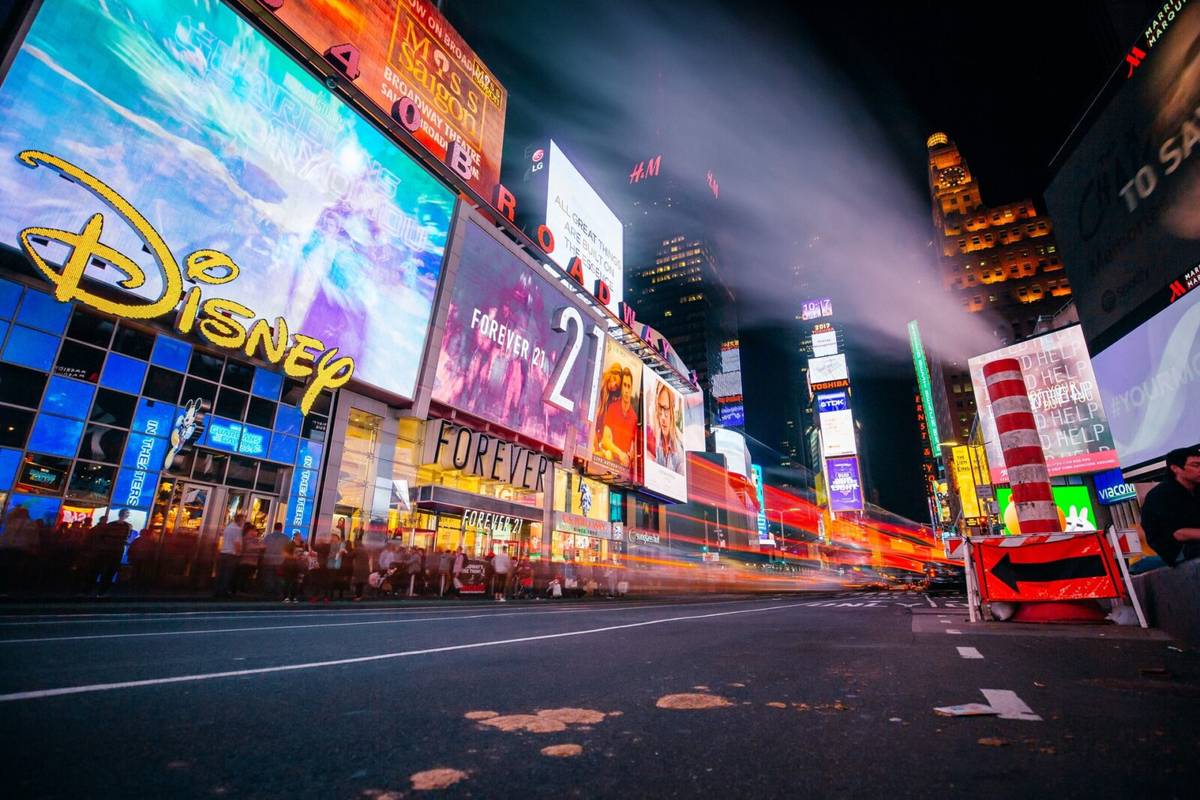Last Updated on July 8, 2024 by Team Experts
LED screens are famous for video applications, claiming a momentous market section from LCDs or projectors. Nonetheless, there are a few instances where LEDs lack the capacity and LCDs emerge as the only choice, for example, when a person requires a small screen with more excellent resolution. Similarly, projectors are a viable choice when a person needs a low ambient light level. But, it’s undeniable that LEDs are matchless and turn out to be the finest for video displays. LEDs can bring the best out of themselves with cost-effectiveness, high contrast level, and higher brightness level without burning like LCDs. Besides, compared to LCDs, LEDs are far better in calibration since when LCDs are positioned in an array, it’s more likely for one of them to give a color balance that differs from the rest. Thus, LCDs can’t meet expectations, the reason LEDs stand out. When you wish to Buy led screen, consider one that meets your needs. This page explains the top tips for buying the best-LED screen.
Where To Use Them
You should determine where you’ll apply your LED screen. Because LEDs are multitalented and can fit various scenarios, businesses can swap them with traditional media, thus feeling no need to use outdated technologies such as LCD panels and projector screens. There are ceiling hung, wall-embedded, wall-mounted, single-or double pole, overhead screen, and mobile application LEDs. The ceiling-hung screens are good since they don’t need any physical space. Besides indoors, ceiling-hung LEDs are great for entrances, stations, passageways, venues, and more. Wall-embedded suit indoor and outdoor usage. This method requires embedding or flushing the LED with the wall to better the overall visuals of the space. You should consider the planning and designing stage for LED screen installation as it requires support from a steel framework. Wall-mounted is great for indoor and outdoor applications. It needs a custom-made steel structure bracket to mount on the wall to support the LED panels. Single or double pole installation is required for advertising slats, or IP68 outdoor led display. Besides the steel poles, you need a substantial concrete foundation underneath for the entire structure to remain in place for a long time. The overhead screen needs LED screens to be fixed on a standalone steel framework to be part of a pedestrian bridge. The mobile application method is highly preferred as it involves setting a whole display system on movable autos. They’re often required for backdrops or display advertisements with sound fortification systems.
Environmental Factors
Weather-resistant capability creates a significant disparity between indoor and outdoor LED screens. For outdoor LED displays, you’ll need a higher budget for three reasons. First, outdoor screens must be larger for quality visibility in long distances. Secondly, they’ll have to be rain-proof and able to endure all weather conditions. Finally, they must be bright enough to give static videos and images, even in sunlight, for effortless viewing. When buying outdoor screens, you should choose those with a matte finish since they’re less dazzling.
Viewing Distance
Determine the viewing distance to choose the pixel pitch that delivers the desired visual clarity. The pixel pitch should equal the viewing distance. Ideally, Buy led screen with a small pixel pitch for optimum visual clarity. You can choose a higher pixel pitch, but the image will get pixilated.

